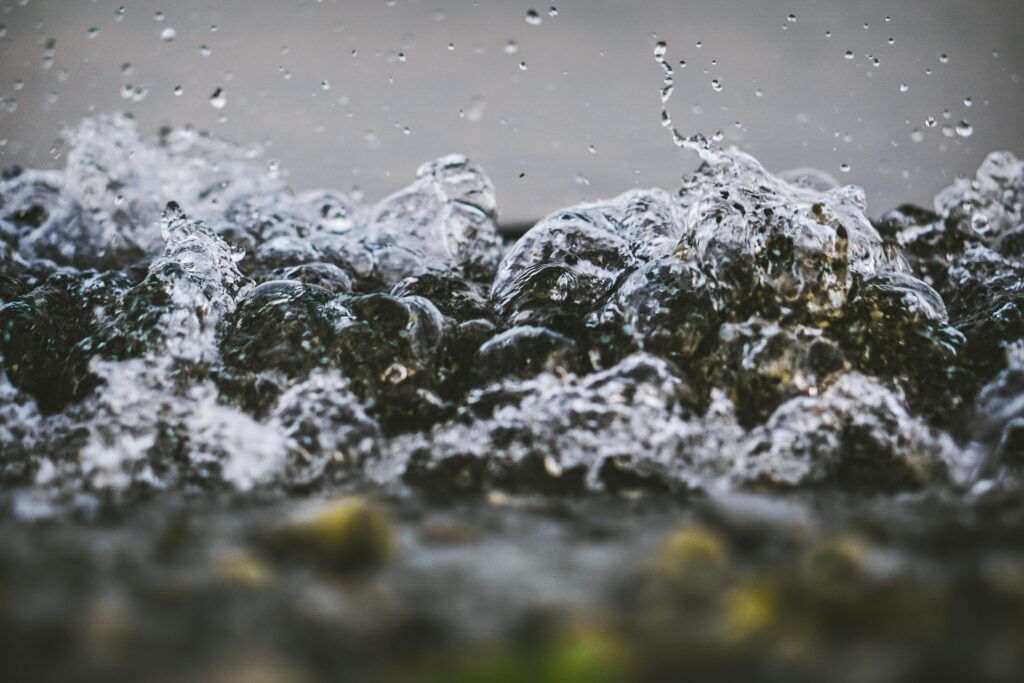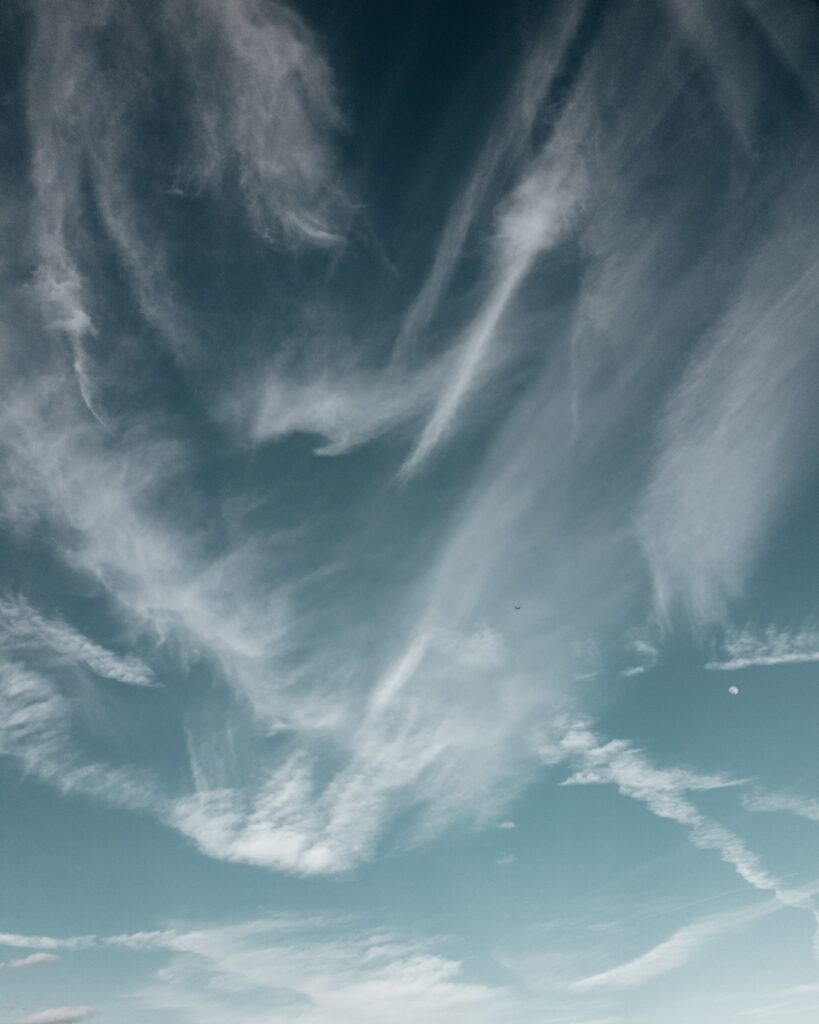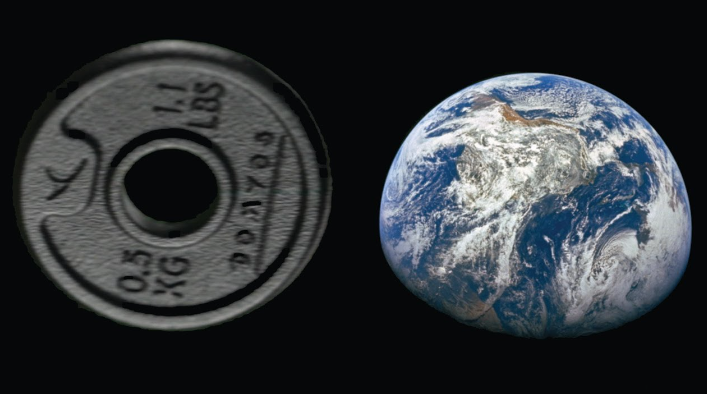What is pressure?

Pressure is a scalar physical magnitude, which designates a projection of force exerted perpendicularly on a surface, per surface unit. Pressure relates a continuous acting force and a surface on which it acts.
Matter is commonly subjected to different pressures. For example, a gas within a certain volume will exert more pressure if its temperature is increased. In general, the changes in pressure to which matter is subjected can force it to change state, that is, to go from gas to liquid.
There are different types of pressure:
- Absolute. It is the pressure exerted on a body by the action of some element, plus the atmospheric pressure it suffers (all bodies on the planet are subjected to atmospheric pressure).
- Atmospheric. It is the pressure exerted by the whole mass of gases in the atmosphere on the earth’s surface and on everything that rests on it. As one rises above sea level (in an airplane, or going up a mountain), the atmospheric pressure decreases since there is less air mass above us.
- Manometric. It is the pressure that exists above the value of atmospheric pressure. Also called relative pressure, its value corresponds to the difference between absolute pressure and atmospheric pressure. The relative pressure is measured using a manometer (hence its name) and it is the most used in daily life.
- Hydrostatics or hydrodynamics. It is the pressure experienced by fluids, both due to the weight of the fluid itself at rest (hydrostatics), and in constant motion (hydrodynamics). Usually an average pressure between the two is calculated.
Let’s perform the following experiment together and learn about one of the properties of pressure.





Responses